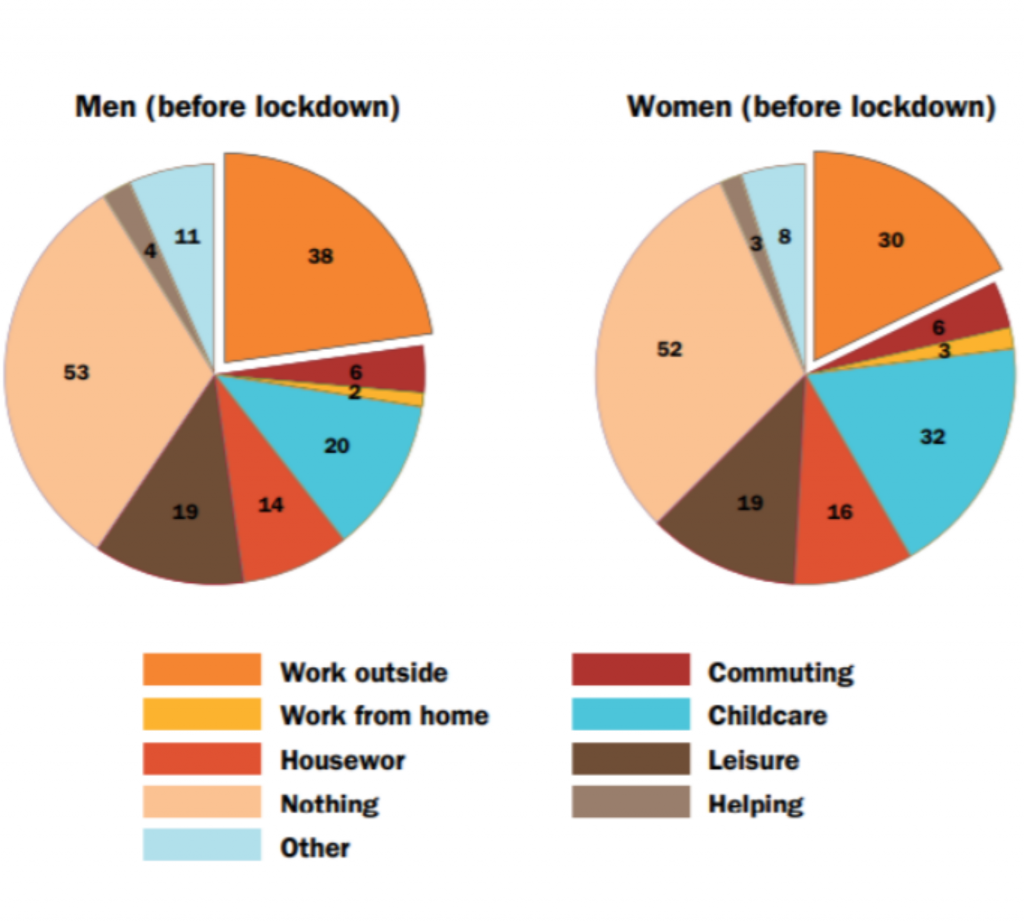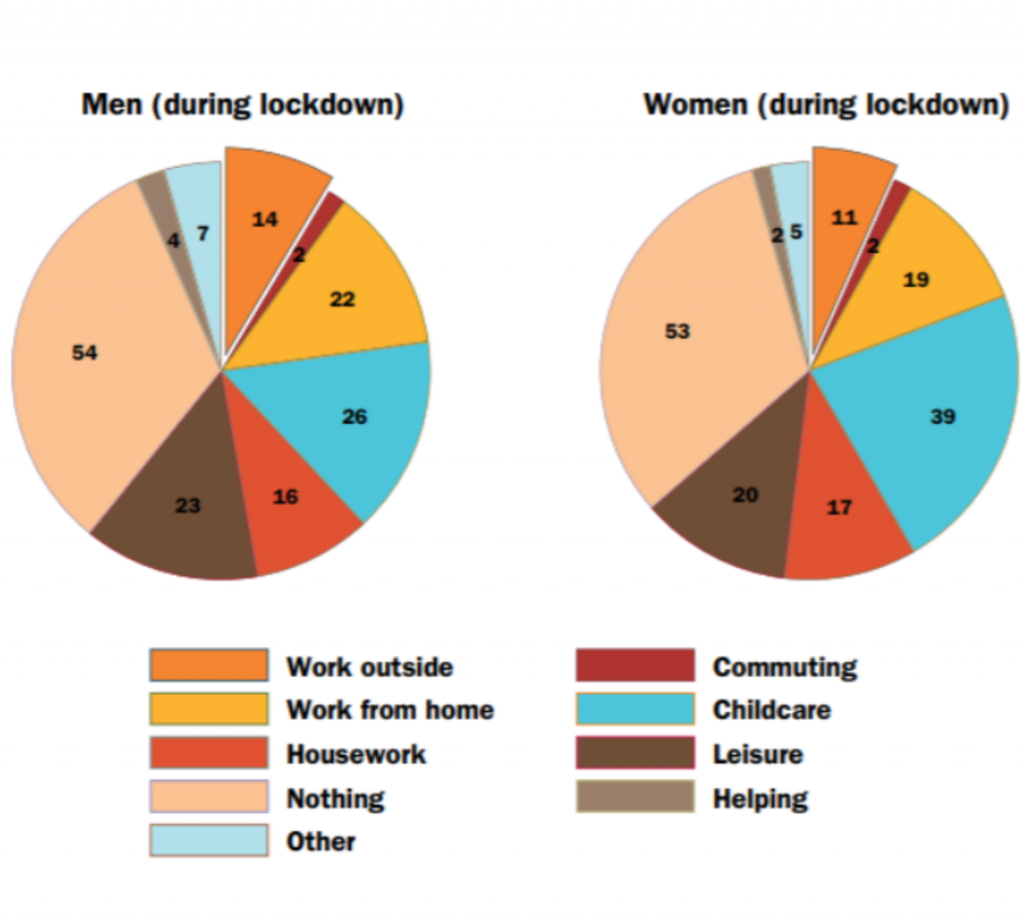COVID-19: Mothers absorbed the higher burden for childcare
01 December 2021
Did the traditional division of roles within households just carry over through the pandemic? Or, did it make it worse for women? Did the COVID-19 crisis help break those codes?
In a new paper, researchers of the Luxembourg Institute of Socio-Economic Research (LISER) examined the gender dimensions of the COVID-19 pandemic. In particular, they focused on time use, childcare and home schooling.
Working mothers foot the bill
The COVID-19 pandemic has affected households around the world in many areas. As schools and day-care centres closed, the need for childcare surged. Social distancing recommendations and the home stay requirement left it to parents to deal with the increased childcare load.
Research shows that the additional supply of care provided by parents fell disproportionately on the shoulders of mothers.
One of the reasons for this is the unequal evolution of parents’ time allocations. The time available to fathers and mothers depended very much on their employment status and working arrangements.
Another aspect of the explanation lies in how parents decided to allocate their respective available time to additional childcare needs. In the most problematic situations, the time freed up by reduced commuting, work and leisure time was not sufficient to meet the increased childcare needs.
Decisions about reducing the working time of either parent in these cases were key to explaining differences in the way men and women met childcare needs.
Yes, fathers increased their contribution to housework significantly. But mothers increased their contribution to housework even more.
Women still provide the majority of childcare hours
Starting from a fairly ‘traditional’ distribution of childcare before the pandemic, the lockdown stimulus was not strong enough to level the playing field between men and women in childcare and household tasks in general.
The amount of time men spent on housework depended mainly on the work organisation of their partner.
Unsurprisingly, the allowance was more equal in households where men were working at home or where they had been laid off or lost their jobs.
On the contrary, the mothers’ employment status seems to have had a limited influence on their childcare responsibilities. Among couples with children where both parents work full-time, women still provided the majority of childcare hours.


Overall, mothers – mainly working mothers – appear to have absorbed the greater burden of childcare during the closure of schools and kindergartens.
This may have had immediate consequences – higher psychological distress compared to mothers and women without school-age children has been documented – but it may also have implications for their employment and long-term professional career development.
This research note is part of LISER-MEGA series on gender dimensions of the COVID-19 pandemic. Read the full paper entitled Time use, child care and home schooling.








